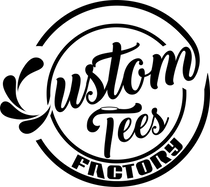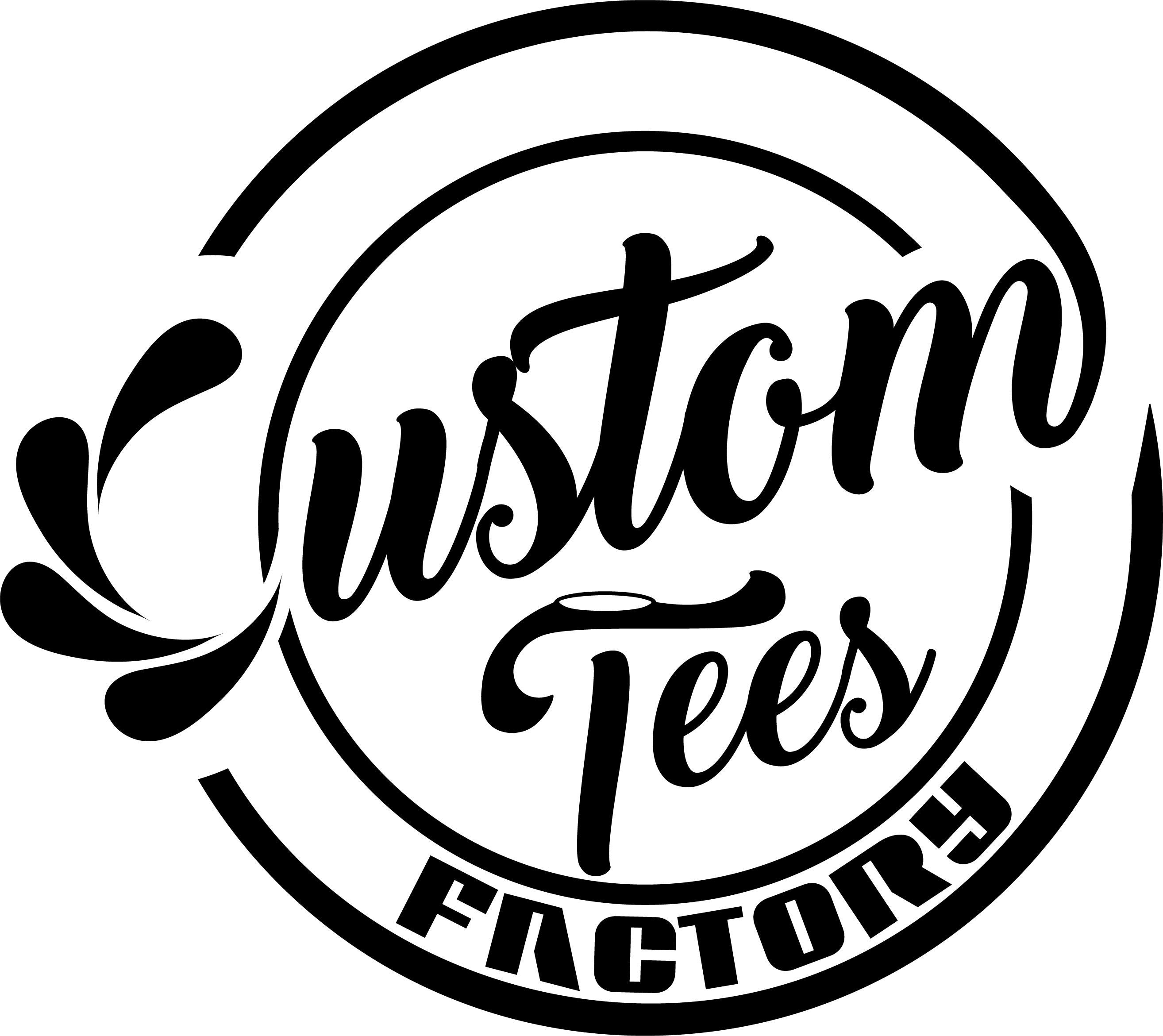When it comes to custom apparel, choosing the right printing method is crucial for achieving the best results. Whether you're looking for high-quality bulk orders or one-off designs, understanding the differences between screen printing and print on demand (POD) can help you make an informed decision.
What is Screen Printing?
Screen printing is a traditional method where ink is pressed through a stencil (or screen) onto the fabric. This technique is ideal for bulk orders, offering vibrant and durable prints that withstand repeated washes. Businesses and brands often choose screen printing services when they need custom t-shirts, hoodies, and promotional merchandise with consistent quality.
Advantages of Screen Printing:
-
Cost-effective for large orders – The more you print, the lower the cost per item.
-
High durability – Designs hold up well over time, even after multiple washes.
-
Vibrant colors – The ink is absorbed deeply into the fabric, ensuring rich and long-lasting prints.
-
Customization with specialty inks – Options like metallic, neon, and puff inks are available.
-
Ideal for multi-layered designs – Works well for prints that require high opacity and strong color vibrancy.
Considerations for Screen Printing:
-
Setup costs can be higher – Due to the screen creation process, there is an upfront cost for small orders.
-
Limited color variations per design – Each color requires a separate screen, making intricate multi-color designs more complex.
-
Best for cotton-based fabrics – Works exceptionally well on natural fibers but may not be ideal for certain synthetic blends.
Best Uses for Screen Printing:
-
Bulk orders (50+ items)
-
Branded merchandise
-
Event giveaways
-
Team uniforms
What is Print on Demand (POD)?
Print on demand is a digital printing method where designs are printed directly onto a garment only when an order is placed. This allows businesses and individuals to sell custom apparel without holding inventory. Print on demand services are perfect for e-commerce brands, artists, and startups looking to test different designs without upfront investment.
Advantages of Print on Demand:
-
No upfront inventory costs – Products are printed and shipped only when ordered.
-
Unlimited design flexibility – Easily update or test new designs without large commitments.
-
Fast turnaround – Orders are typically processed within a few days.
-
Low risk for small businesses – Perfect for testing designs before committing to bulk printing.
-
Supports full-color printing – Unlike screen printing, POD allows for intricate, multi-color designs without additional setup costs.
-
Works on a variety of materials – Including cotton, polyester blends, and specialty fabrics.
Considerations for Print on Demand:
-
Higher cost per unit – Since each item is printed individually, the cost per item is higher than bulk screen printing.
-
Print durability can vary – Digital prints may not be as long-lasting as screen-printed designs, especially after multiple washes.
-
Limited control over fulfillment – Because orders are processed per request, production and shipping times may vary depending on the supplier.
Best Uses for Print on Demand:
-
Small-scale or one-off orders
-
Online retail and dropshipping
-
Personalized gifts
-
Trend-based apparel designs
-
Testing new designs before large-scale production
Which Option is Best for You?
Choosing between screen printing vs. print on demand depends on your specific needs. If you’re ordering in bulk and want premium, long-lasting prints, screen printing is the way to go. However, if you’re testing new designs, need a low-risk solution, or want to sell apparel online without managing inventory, print on demand is the perfect choice.
By understanding the strengths and limitations of each method, you can make a confident decision that aligns with your business goals and customer expectations. Whether you prioritize durability, cost-efficiency, or creative flexibility, both screen printing and print on demand have their place in the custom apparel industry.

